Selection Factors of Cotton Packaging Film
2025-05-07
Selecting cotton packaging film requires comprehensive consideration of many factors to ensure that it plays the best role in cotton storage, transportation and other links. The following are key selection factors:
1. Performance requirements
First, it is necessary to clarify the requirements for film performance in the use scenario. If cotton needs to be stored for a long time or transported over long distances, a film with strong tensile strength, tear resistance and puncture resistance should be selected, which can withstand external forces during handling and stacking to prevent damage; in a humid environment, a film with excellent moisture-proof performance can prevent cotton from getting damp and deteriorating; for a storage environment that is sensitive to static electricity, a film with anti-static function is required to prevent static electricity from absorbing dust and causing safety hazards.
2. Material characteristics
The material of the film directly affects its quality and environmental protection. Common polyethylene (PE) film has good flexibility and chemical stability; although the cost of degradable film is slightly higher, it conforms to the concept of environmental protection and is suitable for occasions with high environmental protection requirements. In addition, the type and content of additives in the material, such as anti-aging agents, antioxidants, etc., are also related to the durability and service life of the film.
3. Specifications and dimensions
Choose a film of appropriate width, length and thickness according to the size and shape of the cotton bale. The width must be able to completely wrap the cotton bale, and the length must meet the winding requirements; in terms of thickness, thinner films have low costs but weak protection, while thicker films are durable but expensive, and cost and performance must be weighed. For example, small cotton bales can use narrower and thinner films, while large industrial-grade cotton bales require wide, thick and high-strength films.
4. Brand and quality
Give priority to brands with good reputation and good credibility, whose products are usually more secure in production process and quality control. By checking the product quality certification and test report, you can understand whether the film meets the relevant standards. You can also consult peers or ask suppliers for sample tests to intuitively evaluate the quality and applicability of the film.
5. Cost-effectiveness
In addition to considering the purchase price of the film, its use effect and loss rate must also be considered. If low-priced films are frequently damaged and have poor protection, cotton will be damaged, which will increase costs. You should compare the prices and performance of films of different brands and specifications, choose products with the best cost performance, and pay attention to the supplier's after-sales service, such as return and exchange policy, technical support, etc., to ensure that you have no worries during use.
1. Performance requirements
First, it is necessary to clarify the requirements for film performance in the use scenario. If cotton needs to be stored for a long time or transported over long distances, a film with strong tensile strength, tear resistance and puncture resistance should be selected, which can withstand external forces during handling and stacking to prevent damage; in a humid environment, a film with excellent moisture-proof performance can prevent cotton from getting damp and deteriorating; for a storage environment that is sensitive to static electricity, a film with anti-static function is required to prevent static electricity from absorbing dust and causing safety hazards.
2. Material characteristics
The material of the film directly affects its quality and environmental protection. Common polyethylene (PE) film has good flexibility and chemical stability; although the cost of degradable film is slightly higher, it conforms to the concept of environmental protection and is suitable for occasions with high environmental protection requirements. In addition, the type and content of additives in the material, such as anti-aging agents, antioxidants, etc., are also related to the durability and service life of the film.
3. Specifications and dimensions
Choose a film of appropriate width, length and thickness according to the size and shape of the cotton bale. The width must be able to completely wrap the cotton bale, and the length must meet the winding requirements; in terms of thickness, thinner films have low costs but weak protection, while thicker films are durable but expensive, and cost and performance must be weighed. For example, small cotton bales can use narrower and thinner films, while large industrial-grade cotton bales require wide, thick and high-strength films.
4. Brand and quality
Give priority to brands with good reputation and good credibility, whose products are usually more secure in production process and quality control. By checking the product quality certification and test report, you can understand whether the film meets the relevant standards. You can also consult peers or ask suppliers for sample tests to intuitively evaluate the quality and applicability of the film.
5. Cost-effectiveness
In addition to considering the purchase price of the film, its use effect and loss rate must also be considered. If low-priced films are frequently damaged and have poor protection, cotton will be damaged, which will increase costs. You should compare the prices and performance of films of different brands and specifications, choose products with the best cost performance, and pay attention to the supplier's after-sales service, such as return and exchange policy, technical support, etc., to ensure that you have no worries during use.
You Might Also Like
-
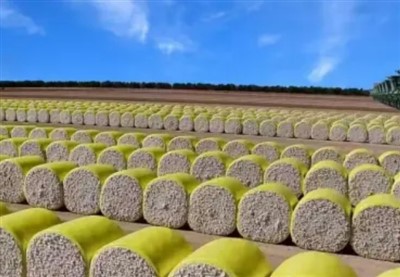
what are the advantages of cotton packaging film
-
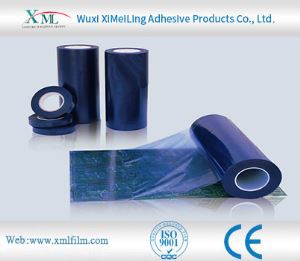
How does pe protective film cope with high temperature environment
-

The Advantages of Cotton Wrap Film
-
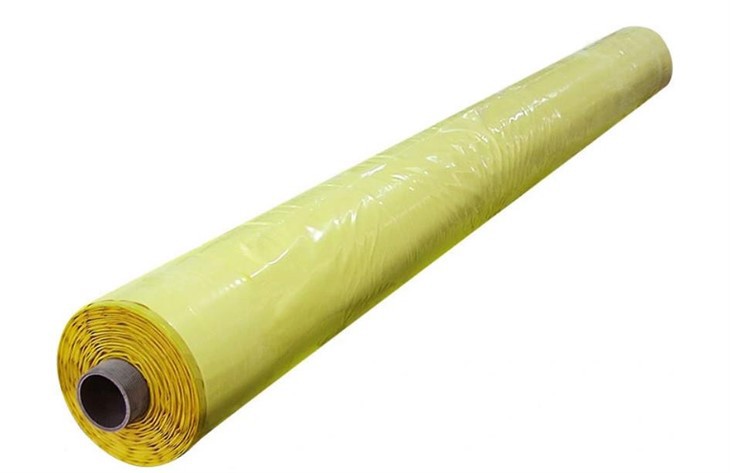
Advantages of Cotton Bale Wrap Film
-
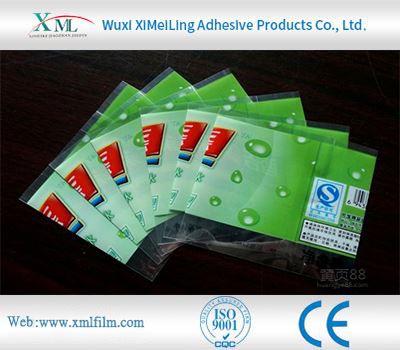
How Polyethylene Packaging Material Copes with High Temperature Environment
-
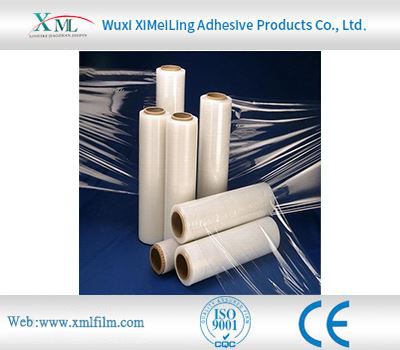
How to Remove Protective Transparent Plastic Film Without Damaging the Surface
